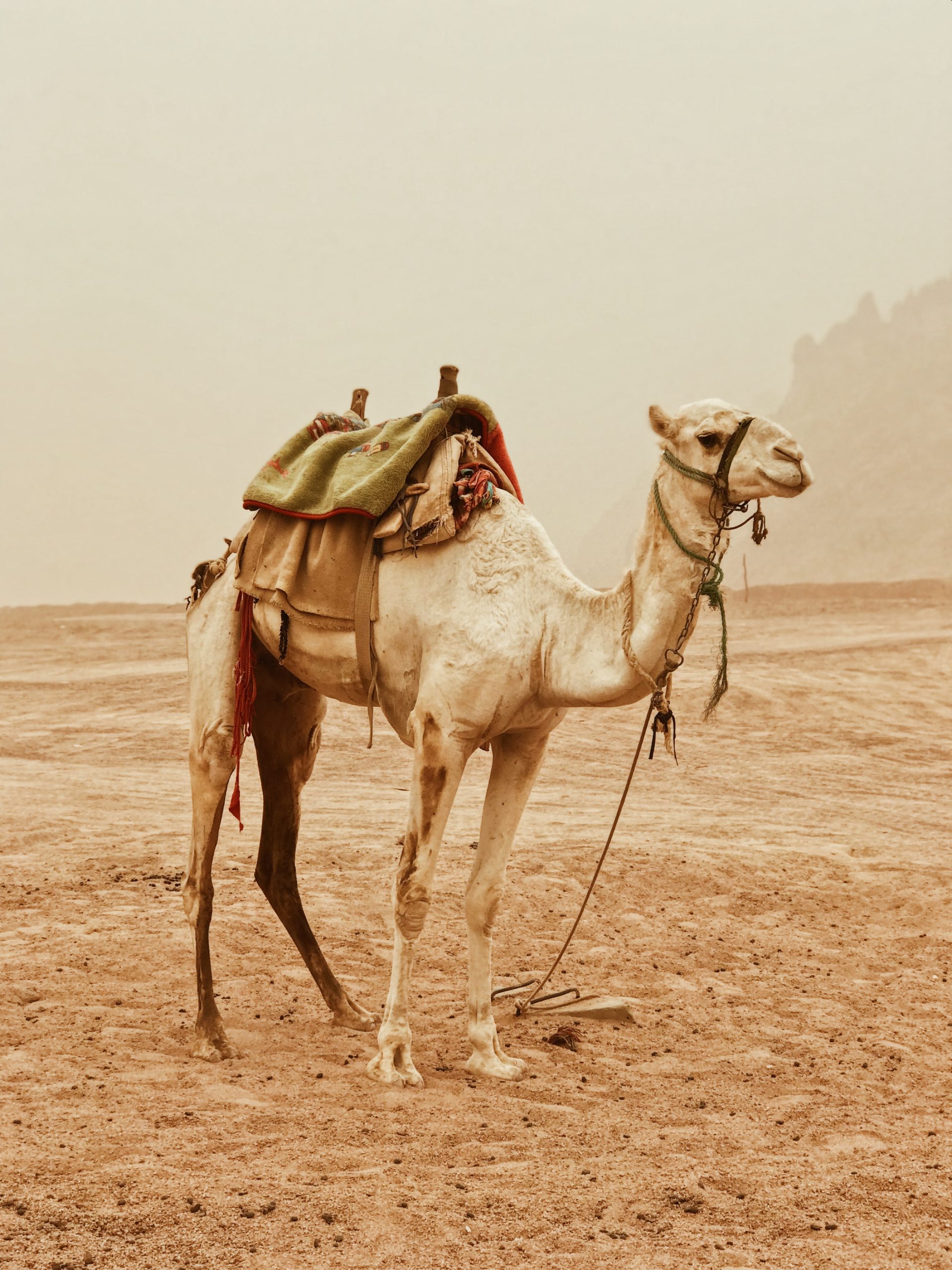Camels are some of the most fascinating animals in the world. These hardy creatures have adapted to some of the harshest environments on earth, making them an essential part of many cultures and ecosystems. Here are ten fascinating facts about camels that you need to know.
- Camels can drink up to 40 gallons of water in one sitting.
One of the most impressive facts about camels is their ability to drink and store large amounts of water. Their humps are not filled with water but with fat, which provides energy when water is scarce.
- Camels can go weeks without water.
Due to their remarkable water-storing ability, camels can survive for up to two weeks without drinking water. They have a unique metabolism that allows them to conserve water and regulate their body temperature.
- Camels have three eyelids.
Camels have three eyelids, two of which have eyelashes to protect their eyes from the desert sand and dust.
- Camels can close their nostrils to keep out sand.
In addition to their three eyelids, camels have the ability to close their nostrils to keep out sand and dust while traveling through the desert.
- Camels have thick fur that insulates them from the heat.
Despite the extreme heat of the desert, camels have thick fur that insulates them from the sun and helps regulate their body temperature.
- Camels can carry up to 900 pounds of weight.
Camels have been used as pack animals for centuries, thanks to their ability to carry heavy loads over long distances.
- Camels have unique feet that help them navigate in the sand.
Camels have wide, padded feet that distribute their weight evenly and prevent them from sinking in the sand.
- Camels have been domesticated for over 3,000 years.
Camels have been domesticated for transportation, milk, and meat for over 3,000 years, and remain a vital part of many cultures.
- Camels have a natural defense mechanism.
Camels have powerful kicks that they can use to protect themselves from predators or perceived threats.
- There are two types of camels: dromedaries and Bactrian camels.
Dromedaries, also known as Arabian camels, have one hump, while Bactrian camels have two. Dromedaries are more common and found in the Middle East, while Bactrian camels are native to Central Asia.
In conclusion, camels are incredible animals that have adapted to survive in some of the harshest environments on earth. Their unique adaptations and abilities have made them essential to many cultures and ecosystems. By learning more about these fascinating creatures, we can appreciate and understand their importance in our world.










